Psychology Modules for Active Learning 13th Edition by Dennis Coon – Test Bank
- In order to carefully control conditions and confirm or disconfirm a hypothesis about the causes of behavior, one must
- engage in naturalistic observation.
- develop a causal correlation.
- perform an experiment.
- conduct a survey.
ANSWER: c
POINTS: 1
DIFFICULTY: Moderate
REFERENCES: The Psychology Experiment-Where Cause Meets Effect
LEARNING OBJECTIVES: PMAL_COON_2015_4.1.1 – Explain how an experiment is performed; list and describe the three types of variables within this method; and discuss the purpose of the experimental and control groups.
KEYWORDS: Concept
- A formal trial undertaken to confirm or disconfirm a hypothesis about the cause of behavior is called a(n)
- naturalistic observation.
- survey.
- case study.
- experiment.
ANSWER: d
POINTS: 1
DIFFICULTY: Moderate
REFERENCES: The Psychology Experiment-Where Cause Meets Effect
LEARNING OBJECTIVES: PMAL_COON_2015_4.1.1 – Explain how an experiment is performed; list and describe the three types of variables within this method; and discuss the purpose of the experimental and control groups.
KEYWORDS: Fact
- Dr. Langston is undertaking a formal trial to confirm or disconfirm his hypothesis regarding whether his new drug will more rapidly alleviate migraine headaches. Dr. Langston is conducting a(n)
- naturalistic observation.
- medical survey.
- case study.
- experiment.
ANSWER: d
POINTS: 1
DIFFICULTY: Moderate
REFERENCES: The Psychology Experiment-Where Cause Meets Effect
LEARNING OBJECTIVES: PMAL_COON_2015_4.1.1 – Explain how an experiment is performed; list and describe the three types of variables within this method; and discuss the purpose of the experimental and control groups.
KEYWORDS: Application
OTHER: * (New Question)
4.Which of the following is NOT a step in a psychological experiment?
- varying a condition you believe might affect behavior
- creating two similar groups of subjects
- administering the same independent variable to both groups
- recording whether the condition has any effect on behavior
ANSWER: c
POINTS: 1
DIFFICULTY: Moderate
REFERENCES: The Psychology Experiment-Where Cause Meets Effect
LEARNING OBJECTIVES: PMAL_COON_2015_4.1.1 – Explain how an experiment is performed; list and describe the three types of variables within this method; and discuss the purpose of the experimental and control groups.
KEYWORDS: Concept
- When a researcher creates two groups, varies a condition, and records whether varying the condition had any effect on behavior, the researcher is conducting a(n)
- naturalistic observation
- correlational study
- comparative case study
- experiment
ANSWER: d
POINTS: 1
DIFFICULTY: Moderate
REFERENCES: The Psychology Experiment-Where Cause Meets Effect
LEARNING OBJECTIVES: PMAL_COON_2015_4.1.1 – Explain how an experiment is performed; list and describe the three types of variables within this method; and discuss the purpose of the experimental and control groups.
KEYWORDS: Fact
- You have discovered a new vitamin that you believe will improve memory in the elderly. Your best bet for accurately testing the effectiveness of the vitamin would be to use
- naturalistic observation.
- the experimental method.
- case histories.
- the survey method.
ANSWER: b
POINTS: 1
DIFFICULTY: Moderate
REFERENCES: The Psychology Experiment-Where Cause Meets Effect
LEARNING OBJECTIVES: PMAL_COON_2015_4.1.1 – Explain how an experiment is performed; list and describe the three types of variables within this method; and discuss the purpose of the experimental and control groups.
KEYWORDS: Application
7.Psychologist Davis Strayer wanted to find out if using a cell phone while driving a car affected the likelihood of having an accident. First, he formed two groups of people and gave members of one group a test of driving ability while they were using a cell phone with the second group taking the driving test without using a cell phone. He confirmed that almost all drivers talking on cell phones drive no better than people who are legally drunk and are more likely to have an accident. In his study, Dr. Strayer used
- naturalistic observation.
- the experimental method.
- the survey method.
- a correlational study.
ANSWER: b
POINTS: 1
DIFFICULTY: Moderate
REFERENCES: The Psychology Experiment-Where Cause Meets Effect
LEARNING OBJECTIVES: PMAL_COON_2015_4.1.1 – Explain how an experiment is performed; list and describe the three types of variables within this method; and discuss the purpose of the experimental and control groups.
KEYWORDS: Application
- In an experiment, the people whose behavior is investigated
- are called the experimental subjects.
- are called the participants.
- make up the experimental and control groups.
- are characterized by all of these.
ANSWER: d
POINTS: 1
DIFFICULTY: Moderate
REFERENCES: The Psychology Experiment-Where Cause Meets Effect
LEARNING OBJECTIVES: PMAL_COON_2015_4.1.1 – Explain how an experiment is performed; list and describe the three types of variables within this method; and discuss the purpose of the experimental and control groups.
KEYWORDS: Fact
9.Regarding the experimental method, which of the following statements is FALSE?
- The control group and the experimental group are treated exactly alike except for the condition you intentionally vary.
- The condition that the experimenter intentionally varies is called the dependent variable.
- The animals or people whose behavior is investigated are referred to as experimental subjects.
- Human subjects whose behavior is investigated are also called the participants.
ANSWER: b
POINTS: 1
DIFFICULTY: Moderate
REFERENCES: The Psychology Experiment-Where Cause Meets Effect
LEARNING OBJECTIVES: PMAL_COON_2015_4.1.1 – Explain how an experiment is performed; list and describe the three types of variables within this method; and discuss the purpose of the experimental and control groups.
KEYWORDS: Fact
- A simple experiment has two groups of subjects called the
- dependent group and the independent group.
- extraneous group and the independent group.
- before group and the after group.
- control group and the experimental group.
ANSWER: d
POINTS: 1
DIFFICULTY: Moderate
REFERENCES: The Psychology Experiment-Where Cause Meets Effect
LEARNING OBJECTIVES: PMAL_COON_2015_4.1.1 – Explain how an experiment is performed; list and describe the three types of variables within this method; and discuss the purpose of the experimental and control groups.
KEYWORDS: Fact



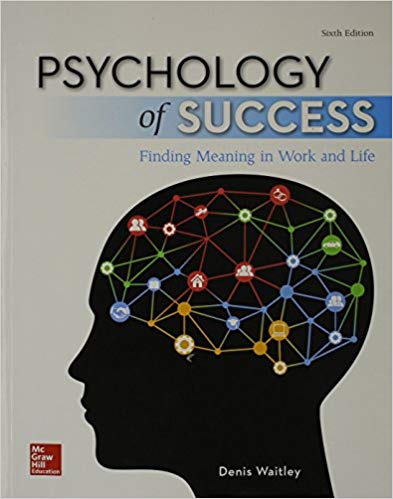


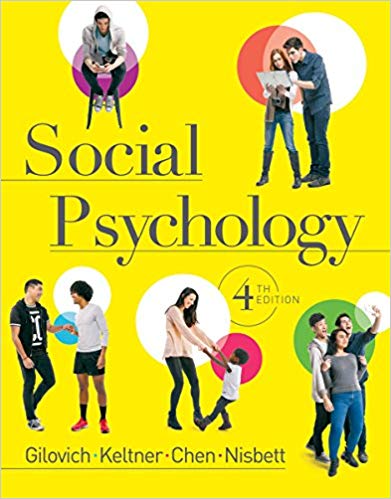
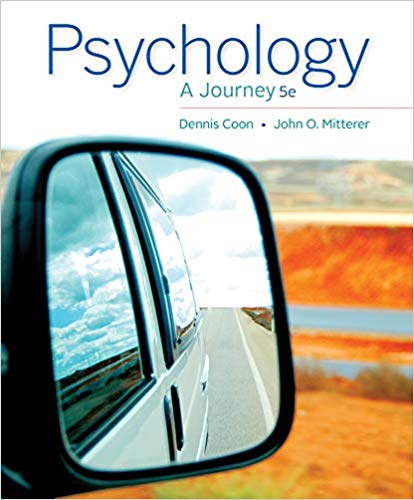
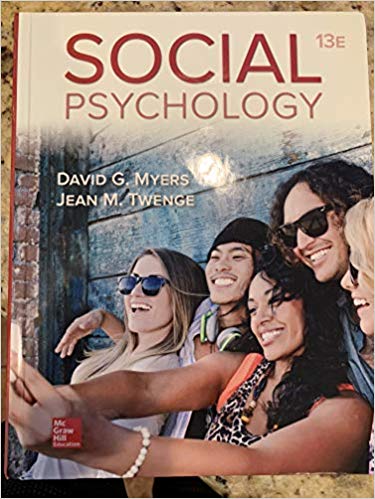

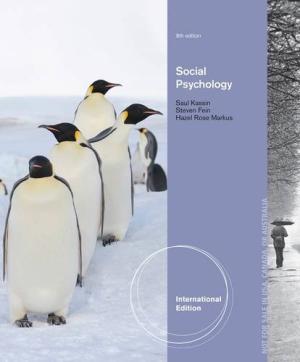
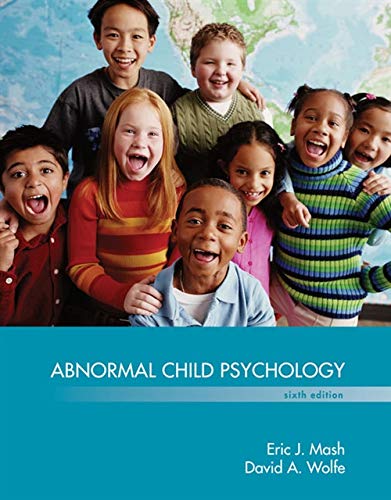
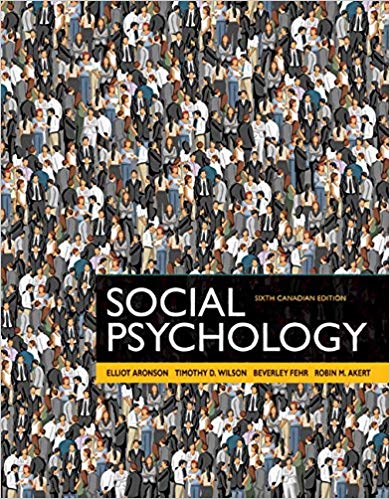
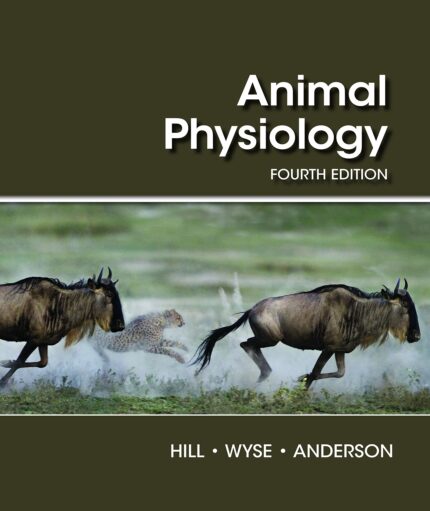
Reviews
There are no reviews yet.